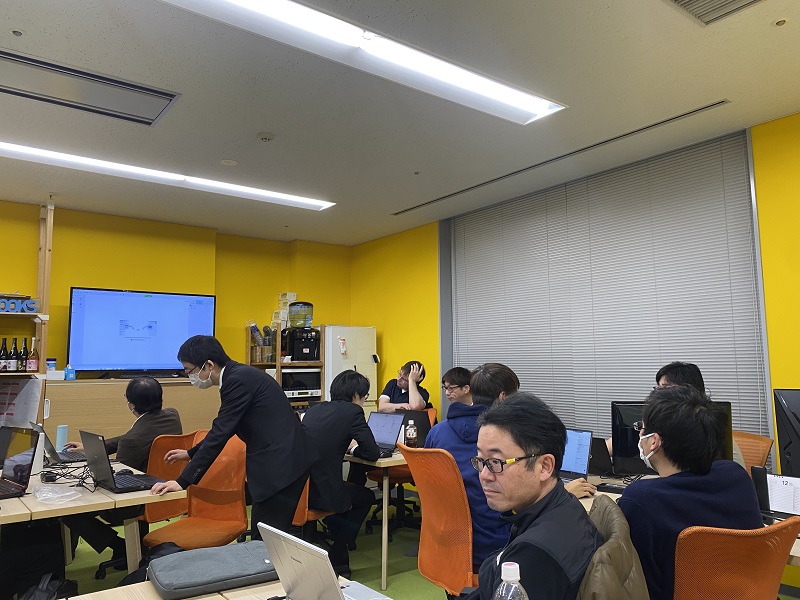Hello! I’m Ogi, responsible for this edition of our study session blog. I’m excited to share the highlights of our recent internal training session, “Low-Code Development Experience Using Outsystems Part 2”!
Check out the highlights from our previous study session here!
Building on our last session, the goal of this study meeting was to deepen our understanding of low-code development and Outsystems by gaining hands-on experience with Outsystems development. This time, we had many new members join us, making the session even more vibrant and engaging.
Here’s how the study session unfolded:
- Recap of the Previous Session
- Watching Educational Videos – Focus on UI Development
- Hands-On Development with Outsystems
- Summary and Q&A
Watching Educational Videos – Focus on UI Development
We kicked off the session by watching official educational videos provided by Outsystems. This time, the videos focused on UI development, where we learned the basics of screen widgets, variables, and client-side logic.
If you’re interested, you can watch the videos here (an Outsystems account is required).
Hands-On Development with Outsystems
After watching the videos, each participant used their own Outsystems environment to start developing. During this hands-on session, we primarily focused on:
- Adding Widgets and Logic to Screen
- Utilizing Aggregates ( Learn more about Aggregates here.)
- Displaying Data on Screen
We experienced firsthand the unique advantages of developing with Outsystems, such as the simplicity of adding widgets through drag-and-drop and the visual manipulation capabilities provided by Aggregates for data retrieval and sorting.
Throughout the development process, we followed the instructor’s explanations and worked on our own projects, enhancing our practical skills.

Summary
In this study session, we tackled more hands-on content compared to the previous one, successfully conveying the benefits of low-code development and Outsystems. The development experience segment fostered active discussions and Q&A among the participants, further deepening our understanding.
We plan to continue hosting study sessions focused on Outsystems development in the future. Stay tuned for our next article!
